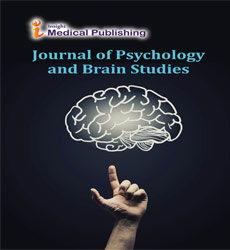The Perspective of preclinical toxicology in drug development
Abstract
Drug Discovery and Development continues to exhibit more than 90 per cent attrition mainly due to the lack of success in translating preclinical efficacy and safety data into successful human trials. The high attrition rates increase the costs. Success has a major impact in optimising efficacy, as well as pharmacodynamics (PD) and pharmacokinetics (PK) and could minimise animal studies in pre-clinical trials after proper validation. Conducting extensive preclinical toxicological tests using animals to determine the drug is likely to be safe and effective in humans is of primary importance. Data from all these tests prove drug’s safety and effectiveness. This data then submitted to Regulatory Authorities as a New Drug Application. Results from preclinical toxicology studies should, at a minimum establish a safe starting dose for clinical studies. Provide information on a drug-treatment regimen that would produce the least toxicity. Assess target organ toxicity and its reversibility and provide insight into biomarkers for clinical monitoring. Good laboratory practice -GLP is a set of principles intended to assure the quality and integrity of non-clinical laboratory studies that are intended to support research or marketing permits for products regulated by government agencies. The main aim of GLP is to help Scientists to obtain results which are: Reliable, Repeatable, Auditable and Recognised by Scientists worldwide.
Open Access Journals
- Aquaculture & Veterinary Science
- Chemistry & Chemical Sciences
- Clinical Sciences
- Engineering
- General Science
- Genetics & Molecular Biology
- Health Care & Nursing
- Immunology & Microbiology
- Materials Science
- Mathematics & Physics
- Medical Sciences
- Neurology & Psychiatry
- Oncology & Cancer Science
- Pharmaceutical Sciences
